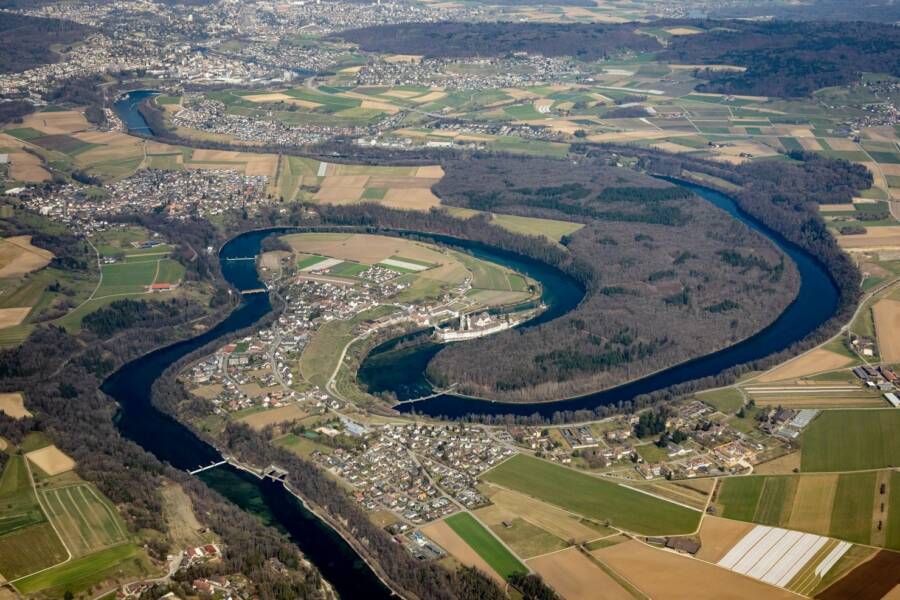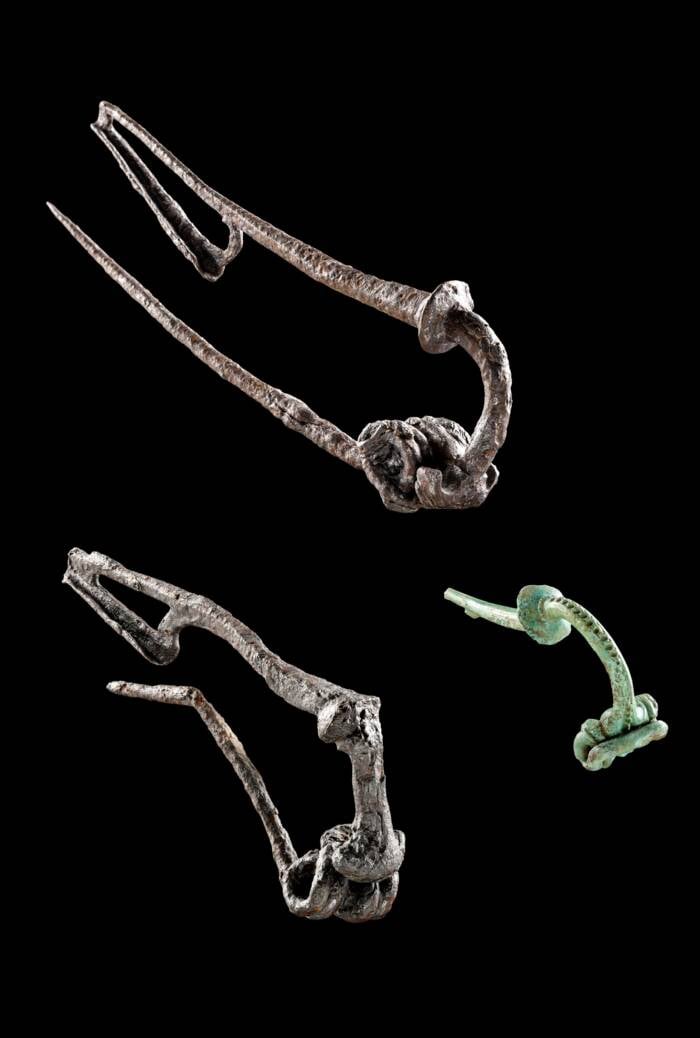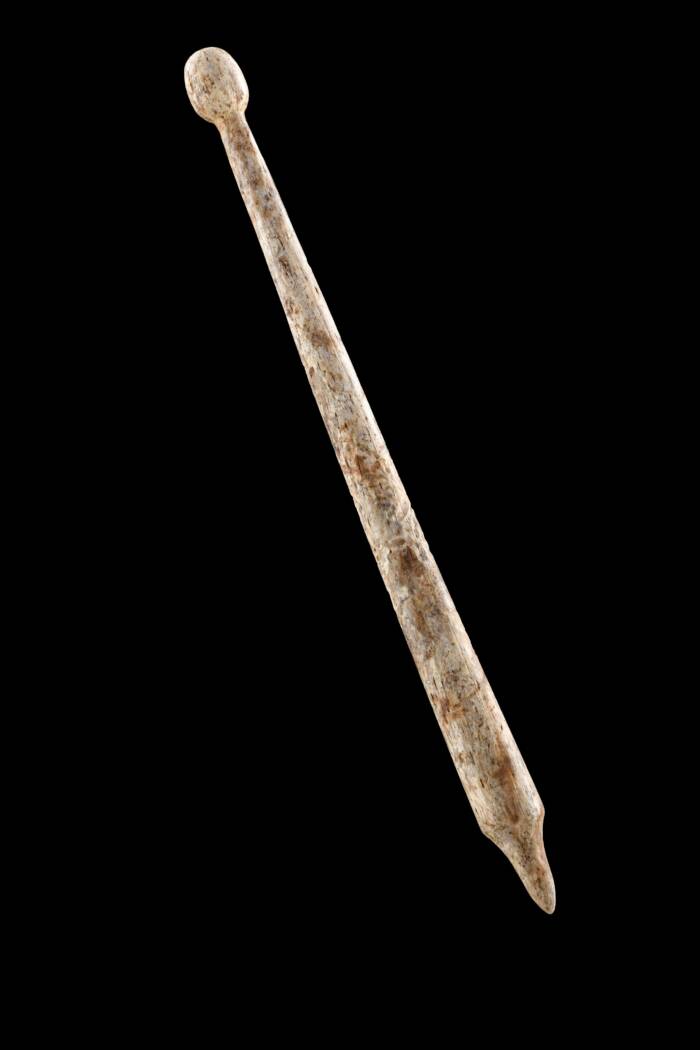Excavations at the Altenburg-Rheinau settlement have unveiled a number of fascinating archaeological discoveries that shed new light on this Celtic center of commerce that flourished in the first century B.C.E.

Christoph Steffen/LADAerial view of the site where the Celtic settlement Altenburg-Rheinau once stood two millennia ago.
Between August and October 2024, the German State Office for the Preservation of Monuments (LAD) carried out archaeological research near the city of Altenburg. During these excavations, archaeologists uncovered several large, late-Celtic cylindrical pits with “clearly distinguishable filling layers” believed to be used in food storage.
These findings are just the latest in a series of discoveries at the remains of this Celtic oppidum (a fortified Iron Age settlement or town), while previous excavations turned up equally fascinating results. In fact, digging in 2023 led to the discoveries of coins, brooches, and an ancient writing stylus made from bone, all offering deeper insight into Celtic daily life some 2,000 years ago.
New Discoveries At The Altenburg-Rheinau Celtic Site In Germany
The Altenburg-Rehinau oppidum has been a subject of archaeological interest since at least the 1970s, according to a press statement from the LAD. It was then that experts from the University of Tübingen made initial observations about settlement structures on the 576-acre “Schwaben” peninsula.
Some 50 years later, in 2022, 2023, and 2024, the LAD decided to further investigate this region’s ancient past. The 2024 archaeological excavation focused on the area near the fortification wall, where researchers found numerous filled pits.

Yvonne Mühleis/LADCeltic artifacts found at the Altenburg-Rehinau site.
“Characteristic findings were several large, cylindrical pits with clearly distinguishable filling layers that were up to two and a half meters deep,” reported project leader Dr. Günther Wieland, head of the Metal Ages department at the LAD.
What remained of the wall linings seemed to be made of organic material, suggesting the pits were originally used for food storage. At one point, these pits, featuring both rectangular and oval floor plans, likely had staircases or ramps as entryways into their subterranean depths. But while such finds have been made, researchers have found little evidence of aboveground housing structures so far.
Before these pits were uncovered and hinted at various aspects of Celtic life here, previous excavations at the site yielded other fascinating artifacts that did the same — including a pen made of bone.
Celtic Coins And A Pen Made Of Bone Round Out The Artifacts Found At Altenburg-Rheinau
In 2023, archaeologists discovered a bone stylus which would have been used to write on wax tablets, as was the Mediterranean custom of the time.

Yvonne Mühleis/LADThe pen made of animal bone that was found at this ancient Celtic site in southern Germany.
“This is rare evidence of the use of writing in the oppidum, which, along with the coin economy, was an essential prerequisite for trade with the Mediterranean region,” Wieland said.
Numerous well-preserved animal bones were found at the site, offering even more insight into the oppidum’s economic system, settlement organization, and long-distance commercial relationships throughout the region. Most of these bones belonged to cattle, suggesting that organized livestock farming and specialized meat production were present.
Furthermore, each excavation uncovered a large number of ceramics, Celtic coins, and other goods. “In addition to local coarse and fine ceramics, fragments of imported wine amphorae from Italy are particularly worth mentioning,” Wieland said. “Wine from the Mediterranean was a sought-after luxury item among the Celtic upper class and the basis for a lucrative trade.”
The coins, meanwhile, come from around the time of the first century B.C.E., when many of the Celtic settlements in southwest Germany had already been abandoned. Further research at the site is planned for 2025, so perhaps future discoveries will shed even more light on the story of Altenburg-Rheinau.
After reading about the recent discoveries at Altenburg-Rheinau, learn about 11 fascinating creatures from Celtic folklore. Then, learn about the mystical Celtic warrior Cú Chulainn.





